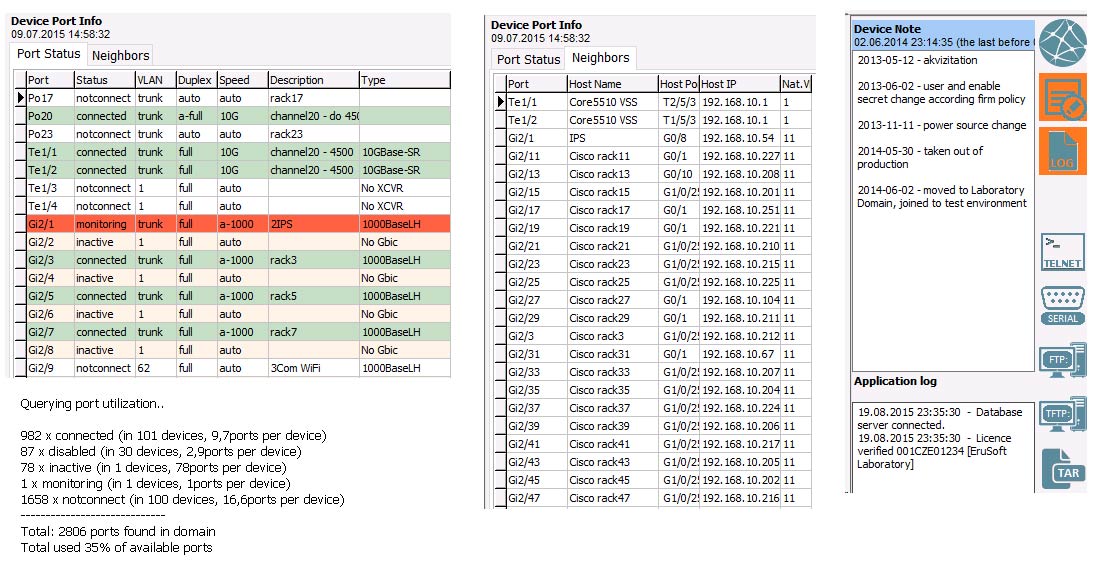
3com Boot Image Editor
File: 3 com boot image editor.torrent. Magnet Link: Download. You can download 3 com boot image editor on the site muskelaufbau-ernaehrung.com. Click the file name and click Open. 3 com boot image editor in title. PXE Boot Image for VMware, floppy image 1.0. You can convert image files to the standard ISO format and you have the ability to create ISO image file from a CD/DVD-ROM. And make bootable CD It runs on windows95/98/Me/NT/2000/XP.
Contents • • • • • • • Background Your phone has several devices which hold different parts of the filesystem: #cat /proc/mtd dev: size erasesize name mtd0: 0000000 'misc' mtd1: 0050000 'recovery' mtd2: 0020000 'boot' mtd3: 0430000 'system' mtd4: 0430000 'cache' mtd5: 04ac000 'userdata' Note that the order is different for different phones! Check yours to make sure you use the right device. In this tutorial, we will deal with 'recovery' and 'boot'. 'system' holds everything that gets mounted in your system/ directory, and userdata/ is everything that shows up in data/ (this is all the apps you've installed, your preferences, etc). The recovery and boot partitions are at /dev/mtd/mtd1 and /dev/mtd/mtd2, and before you do anything else you should back these up: # cat /dev/mtd/mtd1 > /sdcard/mtd1.img # cat /dev/mtd/mtd2 > /sdcard/mtd2.img (Note added by lxrose: These commands don't work if your phone is not rooted and the permissions are not set.) The other thing you should do is put your favorite update.zip file into the root directory of your sd card so that if you screw up your boot partition you can boot into recovery mode and re-apply the update. You probably want one of the pre-rooted recovery images found elsewhere on the forums.
There is also another important file you should know about. In /system/recovery.img there is a full copy of everything that is loaded on mtd1. This file is automatically flashed onto mtd1 every time you shut down.
That means two things: 1. Any changes you make directly to /dev/mtd/mtd1 get blown away on reboot and 2. If you want to change /dev/mtd/mtd1 you're probably better off just sticking the image in /system/recovery.img and rebooting.
When creating your own custom update.zip files (especially when adapting the stock images), you can get tripped up if you forget to replace /system/recovery.img and it ends up overwriting /dev/mtd/mtd1 unbeknownst to you. Structure of boot and recovery images The boot and recovery images are not proper filesystems. Instead, they are a custom android format consisting of a 2k header, followed by a gzipped kernel, followed by a ramdisk, followed by a second stage loader (optional, we have not seen these in the wild yet - except on Sanyo Zio). This structure is outlined in: +-----------------+ boot header 1 page +-----------------+ kernel n pages +-----------------+ ramdisk m pages +-----------------+ second stage o pages +-----------------+ n = (kernel_size + page_size - 1) / page_size m = (ramdisk_size + page_size - 1) / page_size o = (second_size + page_size - 1) / page_size 0. All entities are page_size aligned in flash 1.
Kernel and ramdisk are required (size!= 0) 2. Second is optional (second_size == 0 -> no second) A ramdisk is basically a small filesystem containing the core files needed to initialize the system. It includes the critical init process, as well as init.rc, which is where you can set many system-wide properties. If you really want to know more about it,.

Here's a list of files on a typical ramdisk:./init.trout.rc./default.prop./proc./dev./init.rc./init./sys./init.goldfish.rc./sbin./sbin/adbd./system./data The recovery image typically has a few extra files, which constitute the recovery binary and supporting files (the application that gets run if you hold down home+power when rebooting).
Use Internet Explorer, Windows Media Player, Access, OneNote and other applications not available on the Mac. Parallels Desktop 13 for Mac is the fastest, easiest, and most powerful application for running Windows on Mac—without rebooting. Parallels desktop 12 activation key. Either way, run Windows and Mac applications side by side without compromising performance. If you're new to Mac, keep the familiar Windows experience on your Mac. If you love the Mac OS interface, make Windows invisible.